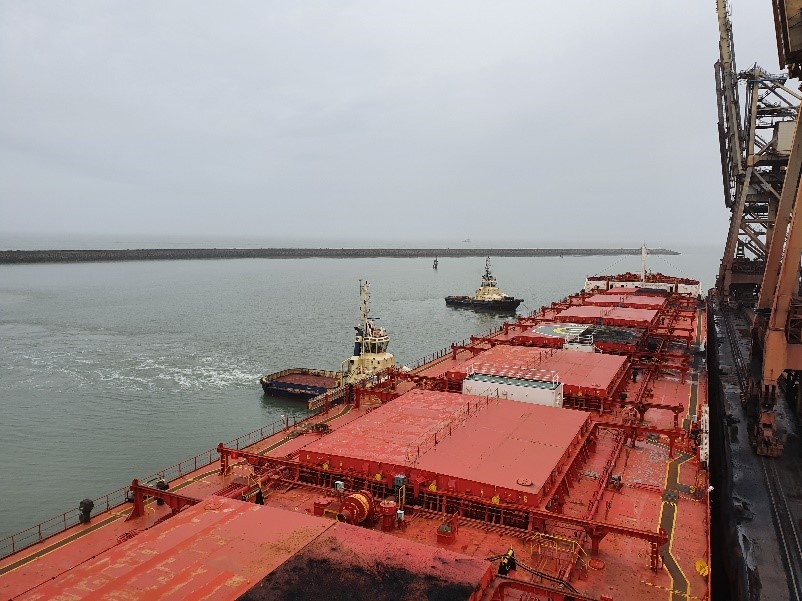The day before a shift, I will take a look at my list of jobs. This is a list that is sent by the ships agent via email, after they have booked in ships for a particular tide. Once I have decided which ship I wish to go on, I can make contact with the pilot in question, to ensure they are happy for me to accompany them onboard.
Once the pilot confirms that I can join them, I make a passage plan for the act of pilotage. This is an assessment of the ships’ known manoeuvring characteristics, draft, length, beam and tonnage, as well as an assessment of the weather conditions and tidal conditions in order to have a full appreciation of what to expect during the passage.
When the passage plan is completed, depending on when the call time for the job is, I will try to make sure I am well rested for the job. As I have an infant child at home this can prove to be a challenge in itself!
On the day of the job I usually meet the pilot at an arranged point and we proceed either directly to the vessel, or to the pilot cutter lodge. Here, we board the pilot cutter and head out to the boarding grounds to rendezvous with the vessel.
Once onboard, the immediate concern is to ensure the ship is in safe water. Then, the most important part of the whole act of pilotage is to receive a cup of coffee (no act of pilotage is successful without one), and conduct the Master/pilot exchange with the ships Master. Once this has been completed, the vessel can then proceed inbound towards the port.
As a pilot, under UK law, you have the “Command of the navigation” and as such, you are completely in charge of the ships course and speed. As you have the local knowledge of the port, this is a vital part of the operation as you know where the ship can and cannot go safely.


